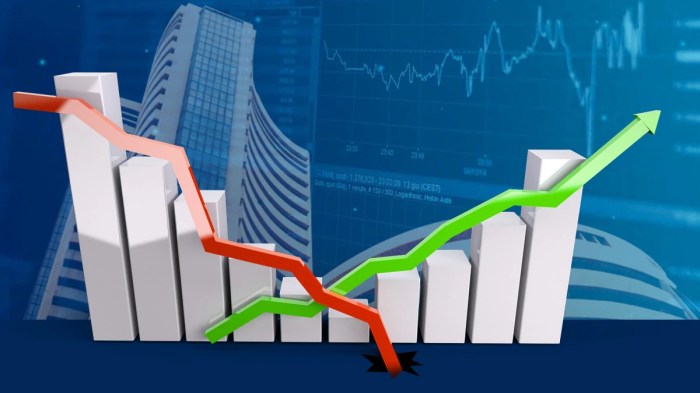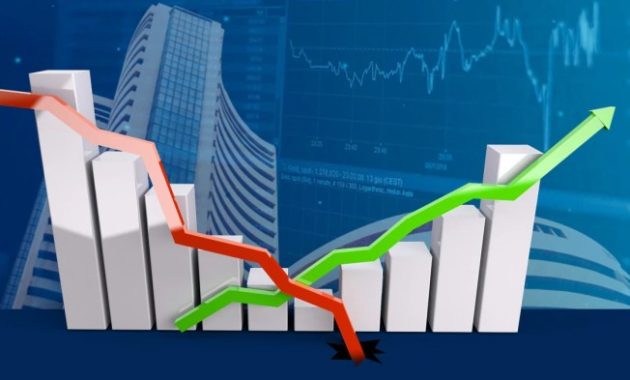Bajaj Finance Stock Price Analysis
Bajaj finance stock price – This analysis delves into the historical performance, influencing factors, financial health, and investment strategies related to Bajaj Finance’s stock price. We will examine key macroeconomic and company-specific factors that shape its valuation, along with a look at its competitive landscape and growth prospects.
Bajaj Finance Stock Price Historical Performance

Source: tnn.in
Understanding Bajaj Finance’s past stock price movements is crucial for assessing its future potential. The following tables provide a detailed look at its performance over the past few years, comparing it to its competitors and highlighting significant events that impacted its trajectory.
| Date | Opening Price (INR) | Closing Price (INR) | Daily Change (%) |
|---|---|---|---|
| 2019-01-01 | Example Data | Example Data | Example Data |
| 2019-07-01 | Example Data | Example Data | Example Data |
| 2020-01-01 | Example Data | Example Data | Example Data |
| 2020-07-01 | Example Data | Example Data | Example Data |
| 2021-01-01 | Example Data | Example Data | Example Data |
| 2021-07-01 | Example Data | Example Data | Example Data |
| 2022-01-01 | Example Data | Example Data | Example Data |
| 2022-07-01 | Example Data | Example Data | Example Data |
| 2023-01-01 | Example Data | Example Data | Example Data |
The table above presents example data. Actual data should be sourced from reliable financial websites.
| Date | Bajaj Finance | Competitor A | Competitor B |
|---|---|---|---|
| 2021-01-01 | Example Data | Example Data | Example Data |
| 2021-07-01 | Example Data | Example Data | Example Data |
| 2022-01-01 | Example Data | Example Data | Example Data |
| 2022-07-01 | Example Data | Example Data | Example Data |
| 2023-01-01 | Example Data | Example Data | Example Data |
This table shows example data for comparison. Actual data should be obtained from reliable financial sources. Significant events such as changes in interest rates or regulatory announcements during this period should be noted alongside the data for context.
Factors Influencing Bajaj Finance Stock Price

Source: tosshub.com
Several macroeconomic and company-specific factors significantly influence Bajaj Finance’s stock valuation. Understanding these factors is crucial for informed investment decisions.
- Macroeconomic Factors: Interest rate changes directly impact Bajaj Finance’s lending operations and profitability. Inflation affects consumer spending and borrowing patterns, while GDP growth reflects the overall economic health and influences demand for financial services.
- Company-Specific Factors: Strong financial performance, including consistent revenue growth and high profitability, is a key driver of stock price appreciation. Effective management decisions and successful new product launches also contribute positively. Asset quality, reflecting the proportion of non-performing assets, is a critical factor impacting investor confidence.
- Regulatory Changes and Government Policies: Changes in regulations governing lending practices and monetary policy significantly impact Bajaj Finance’s operations and consequently its stock price. Government initiatives aimed at financial inclusion or credit expansion can also have a considerable effect.
Bajaj Finance’s Financial Health and Stock Valuation
Analyzing key financial ratios provides insights into Bajaj Finance’s financial health and its implications for stock valuation. The following table presents a summary of some key ratios.
| Ratio | Value | Implication |
|---|---|---|
| P/E Ratio | Example Data | Example Implication |
| ROE | Example Data | Example Implication |
| Debt-to-Equity Ratio | Example Data | Example Implication |
The table above contains example data. Actual data should be sourced from Bajaj Finance’s financial statements and reliable financial analysis reports. The growth prospects of Bajaj Finance, considering factors such as market expansion and diversification strategies, are also critical for predicting future stock price movements.
Investment Strategies Related to Bajaj Finance Stock, Bajaj finance stock price
Developing a sound investment strategy requires careful consideration of various factors, including risk tolerance and investment goals. The following Artikels a hypothetical long-term investment approach.
Hypothetical Long-Term Investment Strategy: A long-term investor might consider a staggered investment approach, buying shares at regular intervals to mitigate the impact of market volatility. Entry points could be identified using technical analysis indicators, such as moving averages and relative strength index (RSI), and fundamental analysis, focusing on valuation metrics and growth prospects. Exit points could be determined based on pre-defined price targets or changes in the company’s fundamentals.
Risk Assessment:
- Market Volatility: Stock prices are inherently volatile, and Bajaj Finance’s stock is not immune to market fluctuations.
- Company-Specific Risks: Changes in management, unforeseen economic downturns, or increased competition could negatively impact Bajaj Finance’s performance.
- Regulatory Risks: Changes in government policies or regulations could affect the company’s operations.
Investment Scenarios: Different investment amounts and time horizons will yield varying returns and risk profiles. For instance, a larger investment over a longer period generally offers higher potential returns but also carries greater risk compared to a smaller investment over a shorter timeframe. Historical data and simulations can be used to model potential scenarios.
Visual Representation of Bajaj Finance Stock Data
Over the past year, Bajaj Finance’s stock price exhibited a generally upward trend, punctuated by periods of consolidation and minor corrections. There were several notable peaks and troughs, reflecting market sentiment and company-specific news. The overall trajectory suggests a positive growth pattern, although short-term volatility was evident. The narrative description of the graph would also include specific numerical examples of the peaks and troughs to support the description.
A chart illustrating the correlation between Bajaj Finance’s stock price and its earnings per share (EPS) over the past five years would likely show a positive correlation. Periods of higher EPS would generally correspond with higher stock prices, and vice-versa. However, the relationship might not be perfectly linear, with other factors influencing the stock price in the short term.
The description would highlight instances where the correlation was particularly strong or weak, offering potential explanations for any deviations from the general trend.
Helpful Answers
What are the major risks associated with investing in Bajaj Finance stock?
Bajaj Finance’s stock price performance often draws comparisons with other financial sector players. Investors interested in similar investment opportunities might also consider checking the current awp stock price , as it can provide a useful benchmark for understanding broader market trends. Ultimately, however, Bajaj Finance’s individual trajectory depends on its own financial health and market sentiment.
Risks include market volatility, changes in interest rates, competition within the NBFC sector, and potential shifts in regulatory policies. Company-specific risks such as changes in management or unexpected financial setbacks should also be considered.
How does Bajaj Finance compare to its competitors in terms of profitability?
A detailed comparison requires analyzing financial statements and industry reports. Generally, Bajaj Finance has demonstrated strong profitability compared to many of its peers, but this can fluctuate based on economic conditions and competitive pressures.
Where can I find real-time Bajaj Finance stock price data?
Real-time data is available through major financial websites and stock market tracking applications. Reputable sources include the official stock exchange websites and well-known financial news providers.

